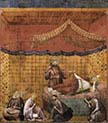Giotto di Bondone
c1267-1337 Italy/Medieval
Click an Image to Enlarge
The Last Judgment

Detail g
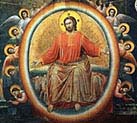
Detail a
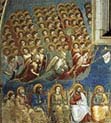
Detail b
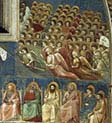
Detail d
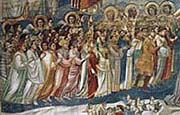
Detail c

Detail e
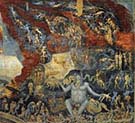
Detail f

Birth of the Virgin

Bring of the Rods
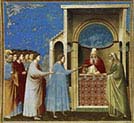
Annunciation
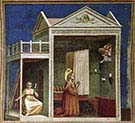
The Golden Gate
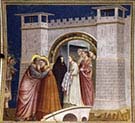
Sacrificial Offering
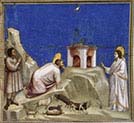
Rejection

Lamentation
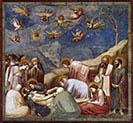
Judas' Betrayal

Joachim's Dream
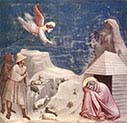
the Shepherds
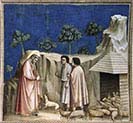
Expulsion

Entry into Jerusalem
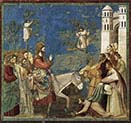
Entombment

Descent into Limbo
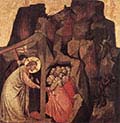
Crucifixion

Before Caiaphas
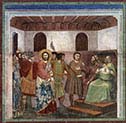
Ascension

Adoration

Last Supper
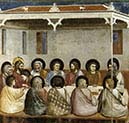
Marriage at Cana

Marriage

Massacre

Navicella

Mocking of Christ
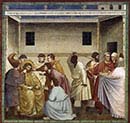
Ognissanti Madonna

Pentecost

Presentation

Virgin in the Temple

Raising of Lazarus

Resurrection

Stefaneschi Triptych

Road to Calvary

Saint Lawrence

The Crucifixion

Crucifixion of Rimin

The Epiphany
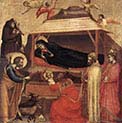
The Flight into Egypt

The Kiss of Judas
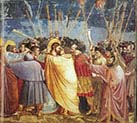
The Suitors Praying

Washing of Feet

The Legend of Saint Francis Series
Follows.
25 Pictures
Francis-One-

Two-Saint Francis-

Three- Dream-

Four-Miracle-

Five-Renunciation-

Six-Dream--
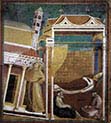
Seven-Confirmation-
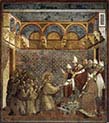
Eight-Vision-
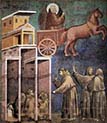
Nine-Vision-
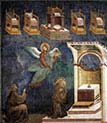
Ten-Exorcism-

Eleven-Saint Francis-

Twelve-Ecstasy-

Thirteen-Institution-
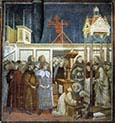
Fourteen-Miracle-

Fifteen-Sermon-

Sixteen-Death-
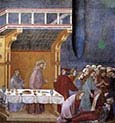
Seventeen-Saint-

Eighteen-Apparition

Nineteen-

Twenty-Death-
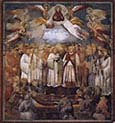
Twenty-One-

Twenty-Two-

Twenty-Three-
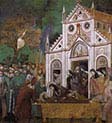
Twenty-Four-

Twenty-Five-
